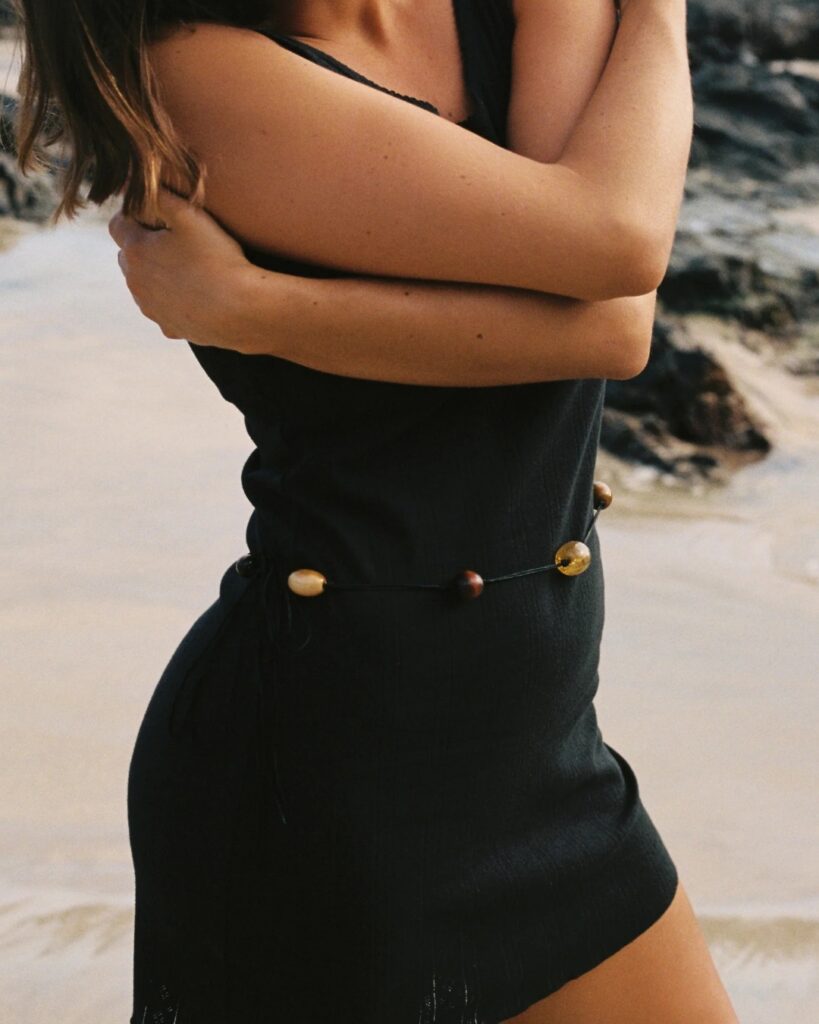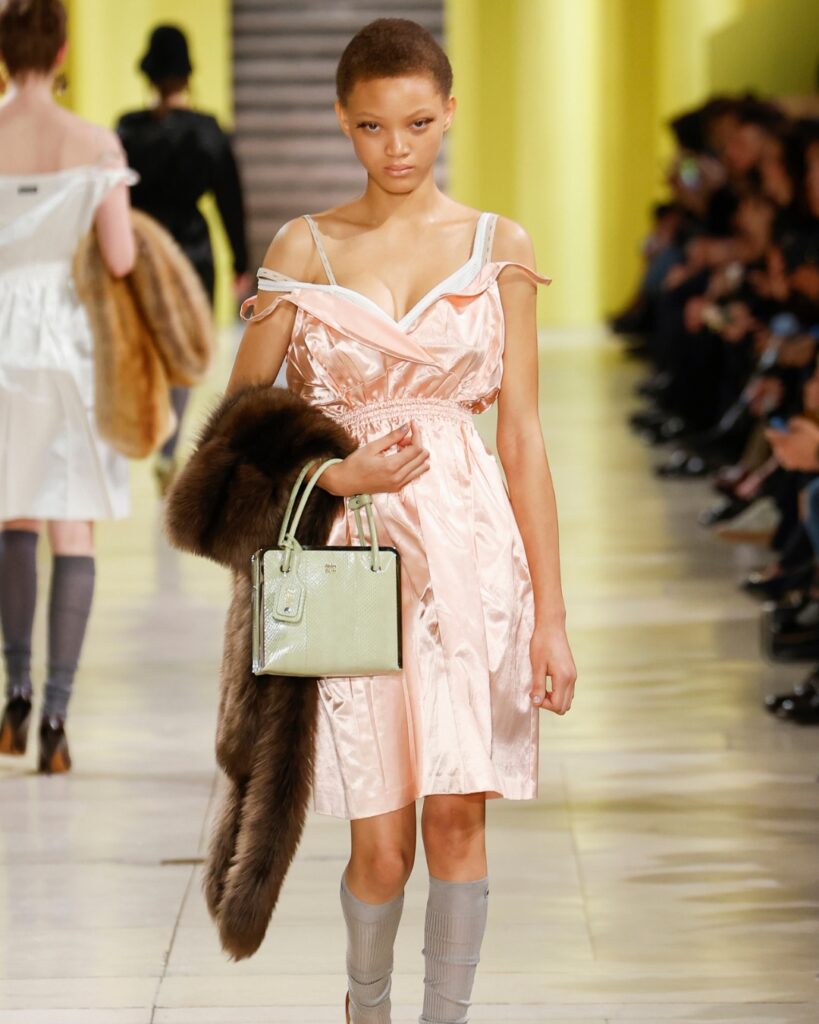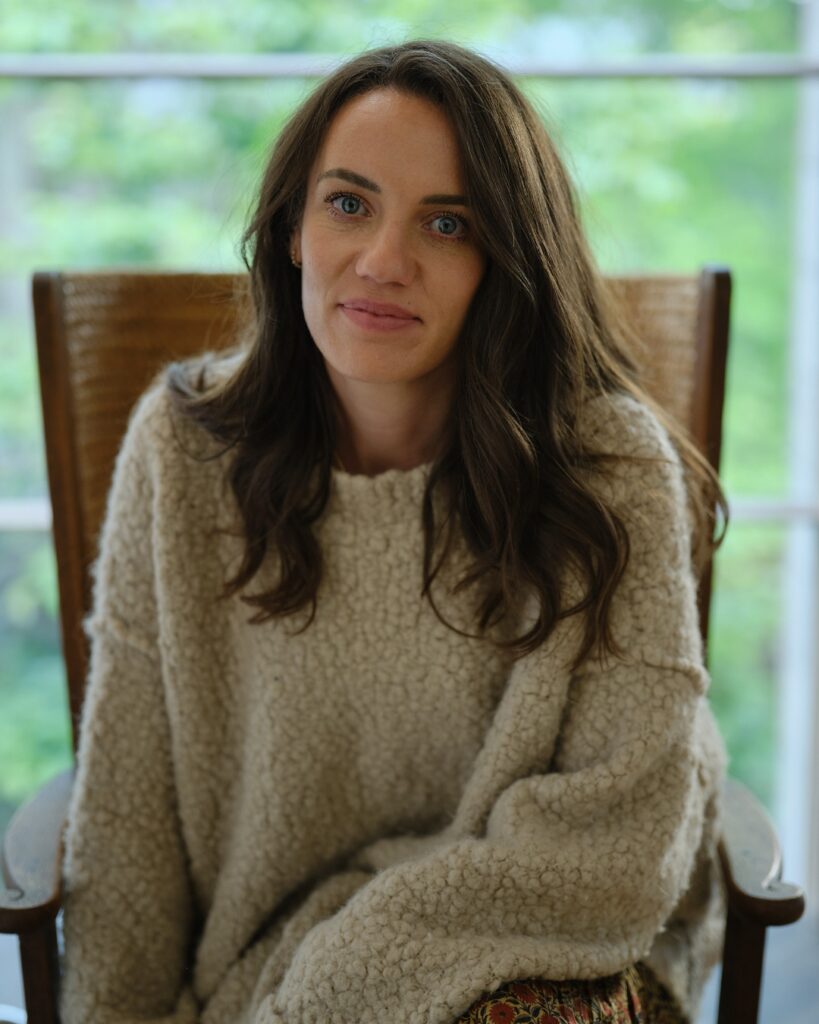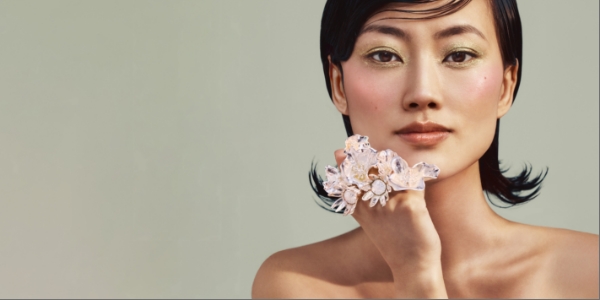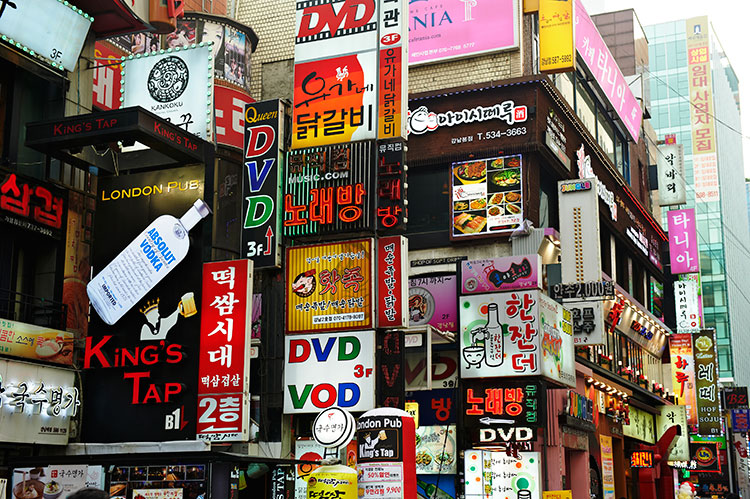
The new capital of cool, this South Korean super-city is carving its own culture of fashion, beauty and design, says Phoebe Watt:
How do you know when a place is cool? It has to come up with a new word to encapsulate just how cool it is. Hallyu, translated into English, means “the flow and spread of Korea”. Talked about more commonly as the Korean Wave, it’s the name given to the cultural phenomenon that has us obsessing over all things ‘K’.
Beauty lovers started paying attention to what South Korea had to offer in 2011, when a product by Korean skincare brand Dr. Jart+ was rolled out at Sephora stores in the US. This little product was called BB cream, and its trajectory has been stratospheric.
Fast-forward to 2015 and some of the world’s major fashion houses are now simultaneously cultivating and cashing in on South Korea’s cool-factor. In May, Seoul played host to Louis Vuitton’s Past, Present, Future exhibition. Three days later, Chanel unveiled its 2015-16 Cruise Collection in the futuristic Dongdaemun Design Plaza – the same venue that will house Dior’s 70th anniversary Esprit Dior exhibition later in the year. And next year, luxury-brand tycoons will converge in the city for the Condé Nast International Luxury Conference, a new initiative helmed by Vogue International editor, Suzy Menkes, who picked Seoul as host city based on its young, tech-savvy population, and standing as one of Asia’s largest luxury markets.
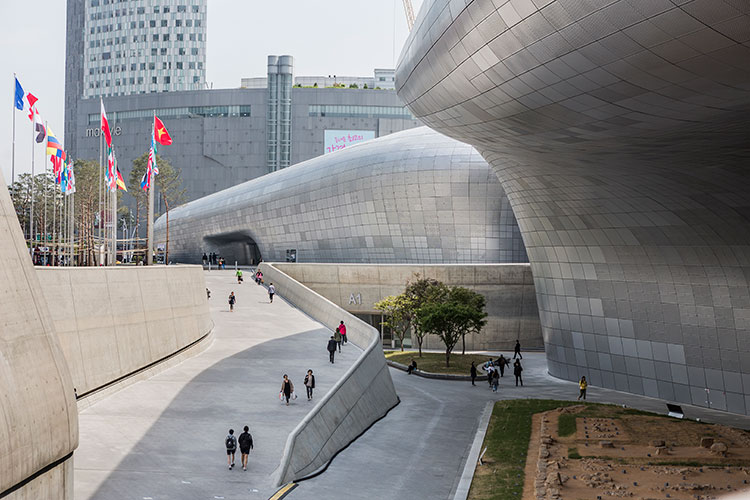
It wasn’t always this way. Just ask Minsuk Cho, the architect responsible for the foliage-covered Ann Demeulemeester store in the upmarket Gangnam (yes, that Gangnam) district. At a Calvin Klein event in 2012, Cho talked about the changing face of Seoul in recent decades, making the point that in the 90s “an event like this would have been inconceivable… just finding any Koreans dressed as well as the people at this party would have been impossible”. Cho is one of many creatives who have collectively brought about Seoul’s transformation from a destitute, war-ravaged city, to a prosperous and increasingly progressive fashion and design destination.
If we could associate Seoul with a single design philosophy, it would be ‘innovation through necessity’. Certainly, this philosophy describes the city’s urban landscape, with its privileging of function over aesthetics reflecting the fact that it was designed to accommodate a huge and sustained post-war population growth (Seoul now has a population of 10 million).
This philosophy also underpins its beauty industry – indisputably one of the most innovative in the world. There is no question that driving this innovation is the fact that looking good is a necessity in South Korea. In fact, Korean society places such a premium on appearance that, in addition to being a hotbed of beauty-related invention (topical Botox is just one product currently in development), South Korea is famous for being a plastic surgery Mecca. While a typical wedding present for a Korean bride is a Chanel handbag, a typical graduation gift for a Korean high-school student is a nose job, or blepharoplasty (double-eyelid surgery). This may seem extreme to us, but for what it’s worth, the Korean approach to plastic surgery is not about extremes – it’s more about fitting in than standing out. Harking back to the culture’s Confucian roots, conformity is key in South Korea, and despite all of the gimmicks that we think of as synonymous with hallyu, its society is fundamentally conservative. It is also, apparently, fundamentally paradoxical, a collision of ancient and modern aesthetics and technologies informing the South Korean take on everything from (once again) urban design to cosmetics.
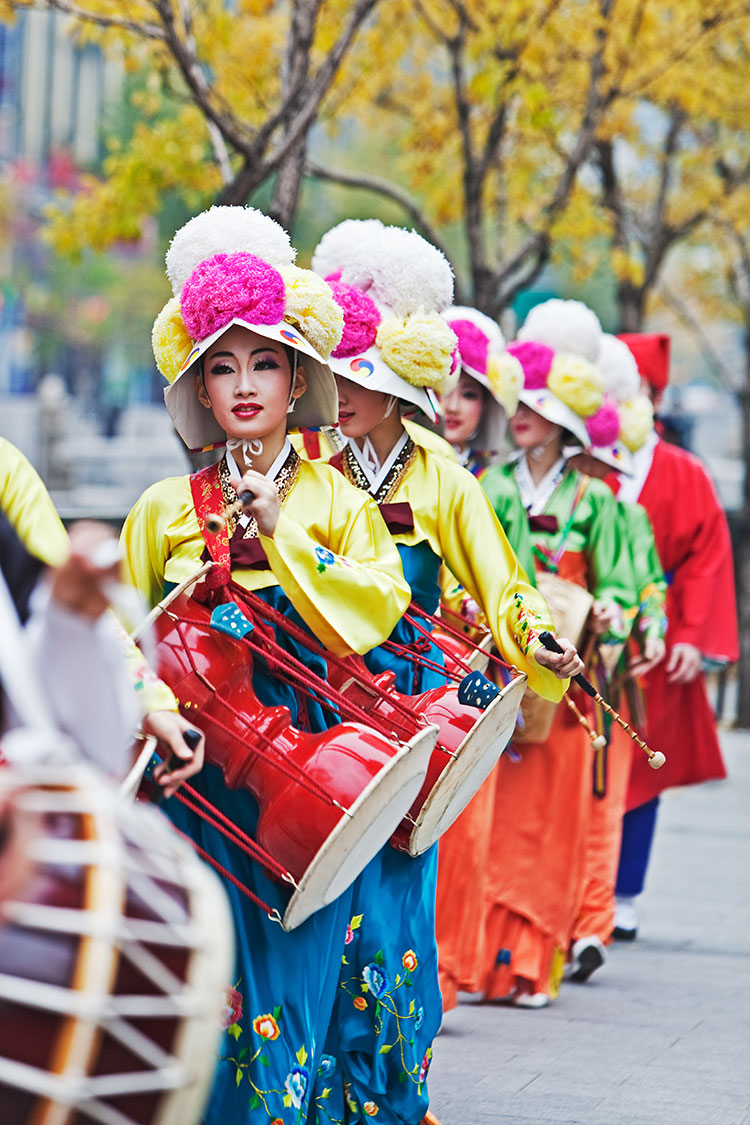
Indeed, while the Korean beauty industry is to thank for some of the top beauty innovations of recent times (cushion compacts anyone?), these innovations frequently make use of ingredients and techniques that have been part of the local beauty culture for up to 2000 years. And the mythical provenance of many Korean beauty products evidently impresses Western consumers to no end. In the US, the cult status of Korean skincare brand, CremorLab, is almost certainly owed just as much to the brand’s history (which features nuns, pigs, and magic water) as it is owed to the performance of its products. And why not? Who doesn’t love a bit of folklore with their foaming cleanser?
The appetite for a bewitching blend of tradition and innovation was not lost on Karl Lagerfeld. The final look of the Chanel show was a modernised version of the traditional Korean ‘hanbok’ dress – that’s testament! Lagerfeld’s Korean-inspired collection also begs the question: why does Seoul have so much cultural capital right now? His creative consultant and sometimes-muse, Amanda Harlech, may have been onto something when she said of South Korea, “it’s a young country that will dictate the future. But it’s also a country that has protected its own culture in a very sincere way”. It is true that while emulating Western culture is fairly common elsewhere, South Korea very much has its own cultural identity (incidentally, many Koreans dispute that ‘westernising’ plastic surgical procedures are a significant trend, despite the prevalence of blepharoplasty).
It is refreshing to recognise that South Korea is reversing the traditional flow of cultural influence between East and West, and with such conviction, too. Forget the bandwagon – it’s all aboard the Seoul train.


